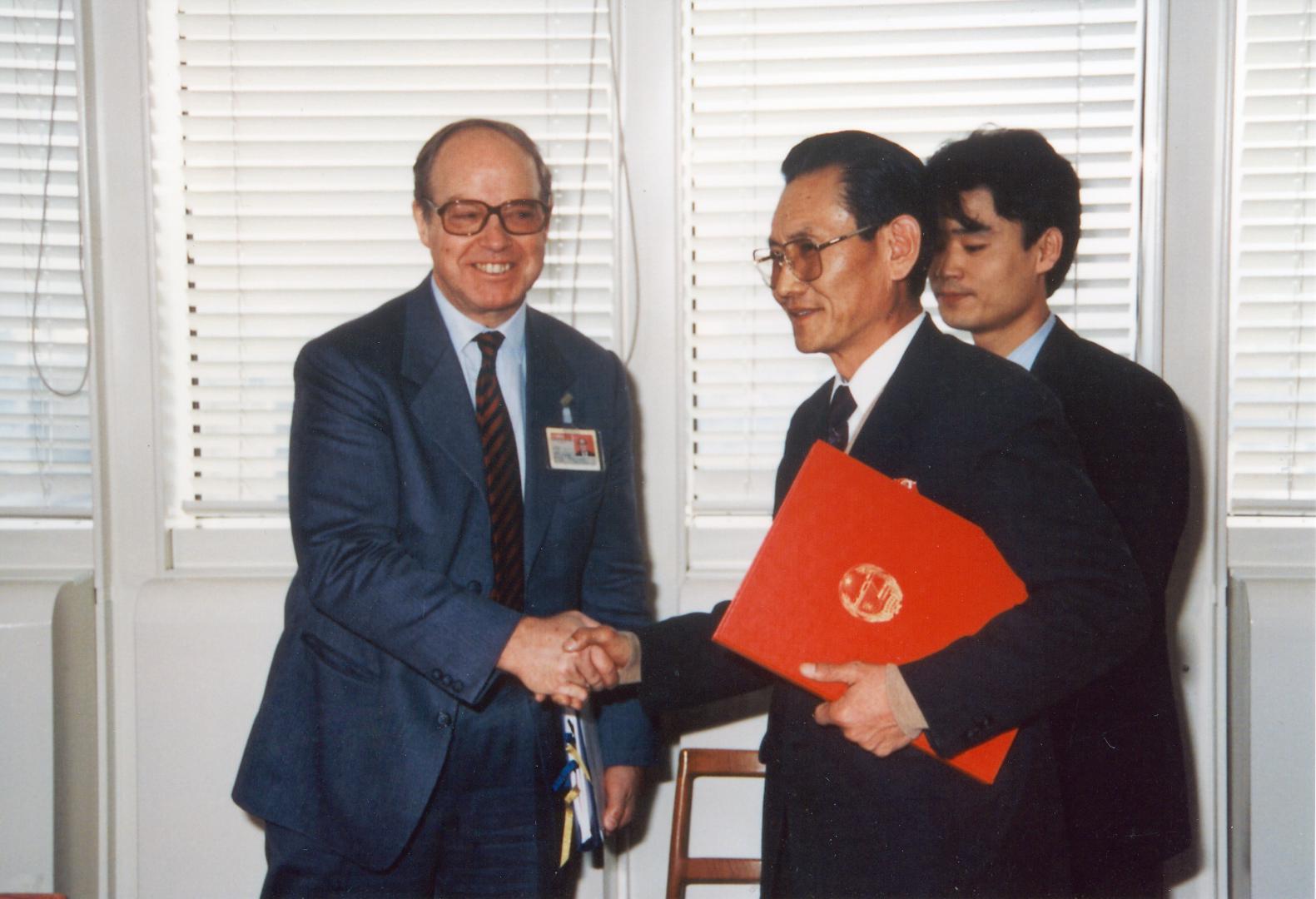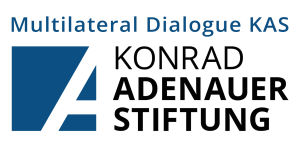On 10 January 2003 the Democratic People’s Republic of Korea (DPRK), or North Korea, under Kim Jong-il, announced its withdrawal from the Treaty on the Non-Proliferation of Nuclear Weapons (NPT) and the resumption of its nuclear activities. The withdrawal represented the failure of global efforts to prevent North Korea from pursuing technology for military purposes.
Why It Matters
North Korea joined the NPT in 1985, and in 1992 concluded a more extensive safeguards agreement with the IAEA, replacing its initial safeguards agreement in place since 1977. Inspections under the new agreement found discrepancies between its declarations and inspectors’ findings, suggesting there was plutonium that had not been declared. The inspectors were barred access to two sites they wanted to investigate. In 1992 the US imposed sanctions and in 1994 North Korea announced it was ending its membership of the IAEA after 20 years and was not obliged to allow IAEA inspectors to carry out their work.
Diplomatic efforts resulted in the Framework Agreement of 1994, and Pyongyang freezing its suspected plutonium weapons programme, under IAEA supervision, in exchange for aid. In October 2002 North Korea acknowledged to the US it had a programme to enrich uranium for nuclear weapons. It withdrew from the NPT in January 2003. Further diplomatic efforts led to the Six-Party Talks with China, Japan, Russia, South Korea, and the US. In 2007, a year after North Korea exploded its first nuclear weapon in a test, IAEA inspectors returned to DPRK to oversee a freeze on activities at the Yongbyon nuclear facility, the chip in a bargain for normalizing relations. They were asked to leave in 2009. As of November 2021, North Korea, has conducted six nuclear tests and is estimated to possess between 40 and 50 nuclear warheads. Most recent diplomatic efforts at arms control have been limited to bilateral talks between Kim Jong-un and Moon Jae-in of South Korea and Donald Trump in 2018.
Further materials:
https://nonproliferation.org/north-koreas-withdrawal-from-the-npt-a-reality-check/
https://www.armscontrol.org/act/2005-05/features/npt-withdrawal-time-security-council-step





